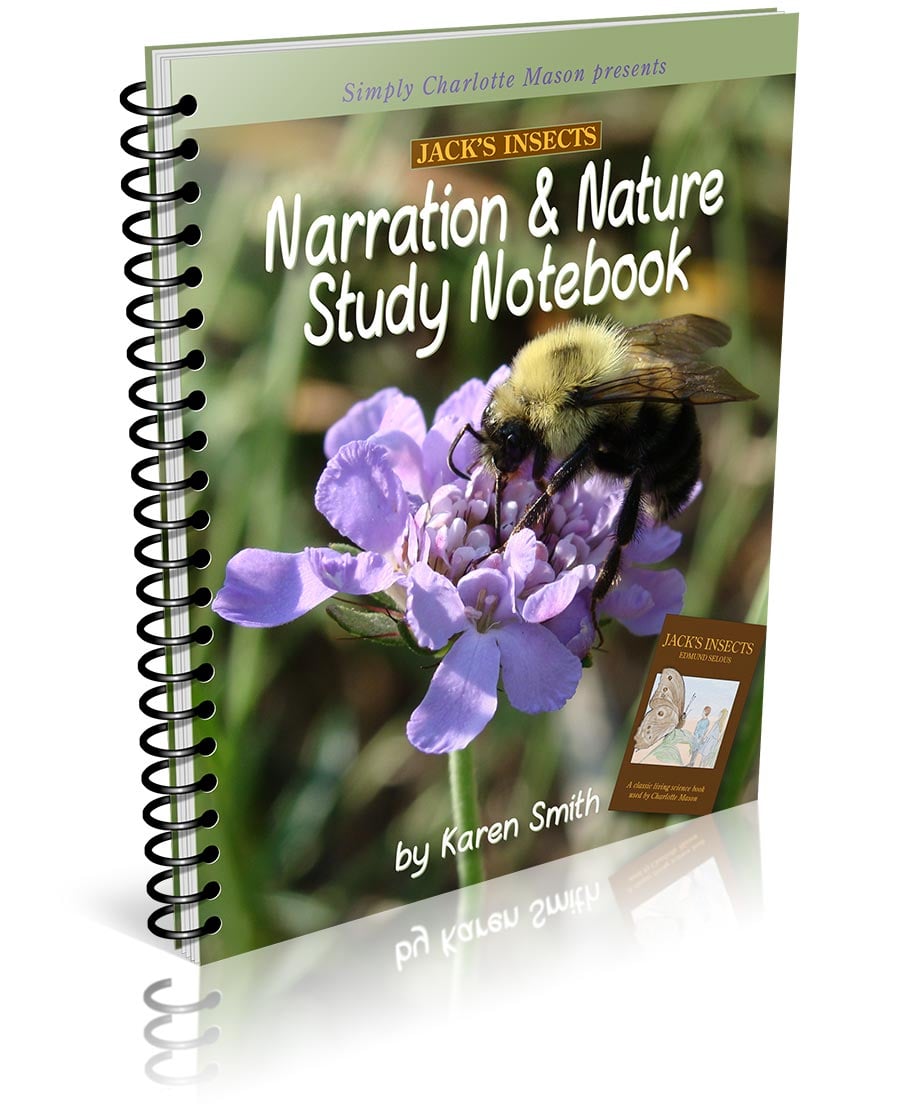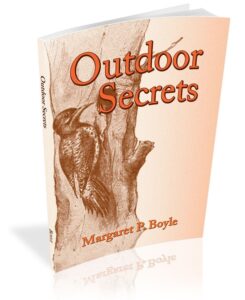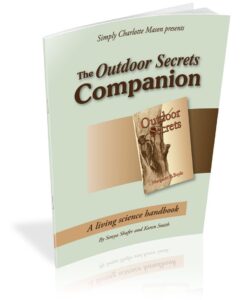Free shipping on USA orders over $129!


Last week we started a new series, 5 Steps to Successful Narration. Do you remember the five steps? Don’t worry, we’ll review them often as we talk our way through them over the coming weeks.
It’s tempting to think that we can just open a book, start reading, ask one of the children to tell us what happened, and be done. But such a process leaves out a couple of key components that can make the difference between just going through the motions and real learning. And, after all, don’t we want our efforts to result in real learning?
A narration lesson that results in real learning has five steps:
- Pick a good living book.
- Look ahead and behind.
- Read the passage.
- Retell the passage.
- Discuss ideas.
Let’s talk about Step 1 today: Pick a good living book.
The Power of a Good Story
I’m going to post two accounts here, both telling about the same event. Read both, then see what you think about the question that follows.
First, just the facts, ma’am.
Sources report that an unnamed male was assaulted near the main highway. Several items in his possession are now missing. A male of mixed nationality found him and brought him to a local hotel to recover and has offered to reimburse any expenses incurred, according to the hotel manager.
Now the story form.
A man was going down from Jerusalem to Jericho, and he fell among robbers, who stripped him and beat him and departed, leaving him half dead. Now by chance a priest was going down that road, and when he saw him he passed by on the other side. So likewise a Levite, when he came to the place and saw him, passed by on the other side. But a Samaritan, as he journeyed, came to where he was, and when he saw him, he had compassion. He went to him and bound up his wounds, pouring on oil and wine. Then he set him on his own animal and brought him to an inn and took care of him. And the next day he took out two denarii and gave them to the innkeeper, saying, ‘Take care of him, and whatever more you spend, I will repay you when I come back’ (Luke 10:30–35, ESV).
So here’s the first part of a two-part question: Which of the two accounts has the greatest potential to be remembered?
Most likely you will remember the story form best. The reason the story will stick in your head is because it touched your emotions and fired your imagination as you read. You were able to picture the action in your mind’s eye—much more so than when you read just the facts—and that visual image will have lasting effects.
But there is something more. Yes, you will remember the story better and longer. Remembering is good; but remembering facts isn’t going to educate in the true sense of the word. Only ideas can truly educate the whole person.
So here is the two-part question in full: Which of the two accounts has the greatest potential to not only be remembered but to shape you as a person?
Did you notice how the first account had been stripped of life lessons that educate us as people? There is a tiny glimmer in the easily-overlooked statement about reimbursement. But how many ideas are tucked into the second account? So many ideas that would have been especially poignant to the original audience: the positions of those who came by and how they reacted; the social status of a Samaritan and how he was viewed; having compassion on someone who probably despises you; getting your hands dirty and being inconvenienced to give first aid; using your own possessions to help someone you don’t know; the amount of money and what that was worth in those days!
Now we have something to discuss in addition to simply remembering! Now we have a powerful tool for educating the whole person.
So all of that is to say that the very first step in having a successful narration lesson is to pick the right kind of book. The right kind of book, a good living book, will
- touch the emotions,
- fire the imagination,
- create mental pictures with its wording,
- and convey living ideas, not just dry facts.
Pick a good living book and narration will come easily.
Next week we’ll explain Step 2: Look ahead and behind.
If you want to read more about choosing good living books, these blog posts might be helpful:
Choosing Books Like a Connoisseur
Facts vs. Ideas
Past the Outer Court
Living Science Books
You can find good living books for many different school subjects. Here are a couple of our favorite living science books that also have companion notebooks.


Jack’s Insects—Learn fascinating facts about insects as you follow Jack and Maggie’s adventures inside Jack’s new insect book! This classic living science book was actually used in Charlotte Mason’s schools. (Grades 4–6)


Jack’s Insects Narration and Nature Study Notebook—Now your student can expand on what he learns from Jack’s Insects Additional learning opportunities with leading narration questions, prescreened websites and recommended reading, nature study tips, and lots of room to record findings all organized in one attractive notebook. (Grades 4–6)


Outdoor Secrets—A delightful collection of nature stories for the young and young at heart. Discover the secrets that may be hiding in your own backyard. Available as a printed book and an audiobook. (Early Years–Grade 2)


The Outdoor Secrets Companion—Additional learning ideas that correspond with the stories in Outdoor Secrets. Includes nature study, additional living science books, beautiful poetry, and nature notebook suggestions. (Early Years–Grade 2)
